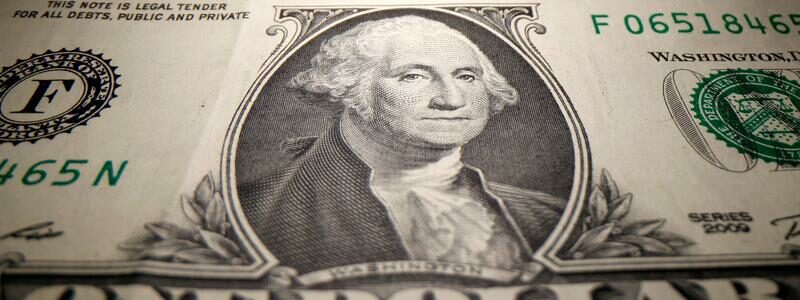
Dollar pares losses as reflation trade sends yields higher
LONDON (Reuters) – The U.S. dollar pared losses in early European trading after hitting multi-year lows against sterling and the Australian and New Zealand currencies as vaccine progress, expectations for faster economic growth and inflation sent bond yields higher.
Yields on 10-year U.S. and German government bonds hit one-year and eight-month highs respectively as traders continued to play reflation trades.
The British pound was holding the $1.40 line after reaching 1.4043, its highest since April 2018, as Prime Minister Boris Johnson charts a path out of lockdowns on the back of rapid vaccinations.
The Aussie rose as much as 0.5% to an almost three-year high of $0.7908 before letting the dollar come back to 0.7864.
The kiwi hit $0.7338, also its best since early 2018, helped by S&P’s upgrade of New Zealand’s sovereign credit ratings by a notch, but also saw the greenback gradually pare most losses.
The yen lost 0.33% at 105.78 while the euro lost 0.2% at $1.2095 ahead of a German sentiment survey and a speech at 1345 GMT by European Central Bank President Christine Lagarde.
Commerzbank analyst Ulrich Leuchtmann argued that much at stake for the relationship between the euro and the dollar lies in the growth differential between the two economies.
“Where EUR-USD is going to go medium-term depends on whether the U.S. economy really will be able to achieve a stronger post-lockdown boom than Europe”, he said, adding he expects the common currency to suffer in that regard in the first half of 2021.
All in all, the U.S. dollar index was up 0.28% at 90.543.
In the cryptocurrency market, bitcoin eased from the record high of $58,354.14 hit during the weekend, retreating to $56,039.
Source: Read Full Article